
Telehealth Electronics: Tiny Boards, Big Bedside Manner
Global electronic component supplier ERSAELECTRONICS: Rich inventory for one-stop shopping. Inquire easily, and receive fast, customized solutions and quotes.
Overview
Telehealth is what happens when a clinic borrows the Avengers’ comms rig: the doctor stays put, the care jumps across town. Under the cape you’ll find real-world electronics—cameras & microphones that don’t flinch, low-noise AFEs/ADCs that keep tiny signals honest, radios that survive apartment Wi-Fi chaos, a PMIC that refuses to brown-out during grandma’s cough, and a security chain that treats PHI like the One Ring. Get the electronics right and your app feels effortless, humane, and all but invisible.
This guide dives from lens to logbook: image sensors and beamforming mics; H.264/H.265/AV1 and Opus; WebRTC jitter, AEC and AGC; BLE and matter-of-fact Wi-Fi; LTE-M/NB-IoT/5G fallbacks; battery math that survives Monday; and compliance that won’t plot-twist you at audit time.
.png?x-oss-process=image/auto-orient,1/quality,q_70/format,webp)
Use Cases & Requirements
Not all telehealth is a laptop on a cart. Think in archetypes:
- Home kit (camera pod + vitals): easy pairing, zero-drama battery, one-button call.
- Clinic room (wall unit): wide FOV camera with PTZ, echo-free audio, robust Ethernet with PoE.
- Mobile bag (paramedic/field): rugged tablet, LTE-M/5G + satellite fallback, don’t-you-dare crash power rails.
- Kiosk (retail/rural): ID scan, stethoscope/otoscope, private audio, signage-aware brightness.
Translate to design targets: **<200 ms end-to-end latency**, **AEC that actually works**, **SNR that beats a ceiling fan**, and **PHI encryption** that wouldn’t embarrass a spy movie.
.png?x-oss-process=image/auto-orient,1/quality,q_70/format,webp)
End-to-End System Architecture
The telehealth chain runs like a heist movie: everyone has a job and timing is everything. At the edge, the camera sensor and audio front end feed a SoC/MCU with hardware accelerators (ISP, encoder, noise reduction). The **sensor AFEs/ADCs** digitize vital signs. A PMIC runs the rails, and a secure element/TPM handles keys. Transport flows through Wi-Fi/Ethernet/LTE-M/5G and lands in a browser or app via WebRTC or a clinical bridge, with cloud services for signaling, recording (if allowed), and audit logs.
.png?x-oss-process=image/auto-orient,1/quality,q_70/format,webp)
Imaging & Audio Front Ends
Cameras. Pick a rolling-shutter sensor with strong low-light (patients don’t own studio lights), or global shutter if motion blur is a plot hole you can’t forgive. Add an ISP for face-friendly tone curves and skin-tone fidelity; autowhite that doesn’t turn living rooms into Hoth. Lens: **F/2.x**, modest FOV (70–90°) for faces; **PTZ** or ePTZ if you need otoscope-like drama shots.
Microphones. Telehealth mics live next to HVAC villains and echo chambers. Use a beamforming array (2–4 mics), a low-noise preamp, and real **AEC/NR/AGC**. Hardware echo cancellation or DSP offload keeps the CPU from sweating through its scrubs. For peripherals (stethoscope), treat the analog path like an audiophile: low EIN, linear gain, sane impedance.
.png?x-oss-process=image/auto-orient,1/quality,q_70/format,webp)
Codecs, WebRTC & Low-Latency Transport
Your villain is latency; your sidekick is **hardware acceleration**. For video: **H.264/H.265/AV1** encoders with low-delay modes. For audio: **Opus** with low bit-rates that still understand whispers. WebRTC handles NAT hairpins, jitter buffers, congestion control, and TURN/ICE; let it work its magic, but give it clean frames at stable cadence.
- Frame pacing: no bursty timestamps. Set camera/ISP → encoder FIFO with explicit cadence.
- Sync: A/V timestamps should share a clock (hello, lip-sync).
- Fallbacks: degrade gracefully—resolution → frame rate → bitrate → still-image with audio if you must.
.png?x-oss-process=image/auto-orient,1/quality,q_70/format,webp)
Vital-Sign Sensing & AFEs
Telehealth isn’t just pretty pixels. Bring the clinic home with **vital-sign sensors** and **low-noise analog**:
- ECG: instrumentation amps (high CMRR), lead-off detect, right-leg drive/virtual ground, 16–24-bit ΔΣ ADC.
- PPG/SpO₂: multi-wavelength LED drivers, picoamp photodiode TIAs, ambient subtraction, motion-aware windows.
- Electronic stethoscope: low EIN mic preamp, anti-alias filters, calibrated gain, careful venting for low-freq response.
- BP cuffs: pressure transducer + low-drift AFE, pump/valve drivers, oscillometric algorithms, safety relief & watchdogs.
- Thermometers: skin IR + internal ref, or probe with isolation; thermal “quiet zones” beat marketing claims.
Rule one: the **AFE/ADC** decides whether your app reports signals or superstitions. Layout like you mean it—guard rings, Kelvin sense, sane references.
.png?x-oss-process=image/auto-orient,1/quality,q_70/format,webp)
Connectivity: BLE, Wi-Fi, LTE-M/NB-IoT, 5G
Radios are your teleporters. Use the right one for the scene:
- BLE: peripheral vitals & probes; bonded keys; rotating addresses; GATT without games.
- Wi-Fi 5/6: primary A/V path for homes; prioritize upstream QoS; tame DFS drama; keep channels civilized.
- LTE-M/NB-IoT: low bandwidth, heroic coverage; perfect for vitals and pings when Wi-Fi sulks.
- 5G: bandwidth with swagger for mobile carts and clinics; budget power like a grown-up.
- Ethernet/PoE: clinic rooms and kiosks. When in doubt, a cable beats a mystery.
Fallback matrix: BLE → phone tether → Wi-Fi → cellular → satellite (if you’re doing Mandalorian house calls).
.png?x-oss-process=image/auto-orient,1/quality,q_70/format,webp)
Power, Battery & Thermal
Power is personality. Split loud rails (radios, motors, heaters) from quiet rails (AFEs, references). A mature PMIC runs bucks/LDOs and handles charger drama; a fuel gauge tells the truth; load switches quarantine goblins. Thermal sensors near the camera/AFE save you from “potato-mode” frames.
- Sequencing: references → sensors/AFEs → logic → radios/codecs. No sampling on drifting references.
- Battery: size for talk-time + vitals; test cold/hot; always budget brown-out + graceful shutdown.
- Acoustics: if you add a fan, don’t sabotage your own mics. Breathe softly, little robot.
.png?x-oss-process=image/auto-orient,1/quality,q_70/format,webp)
Security, Privacy & Data Protection
PHI is not a side quest. Use a secure element/TPM for keys, secure boot for firmware, and **signed updates** for sanity. Encrypt storage and transport; log who/what/when without leaking anything that would make a privacy lawyer frown.
- Device identity: unique keys at manufacturing; rotate credentials; never ship skeleton keys.
- Hardening: limit ports/services, least privilege, rate limits; wipe with proof.
- User trust: consent screens a human can read; on-device options for “don’t upload.”
.png?x-oss-process=image/auto-orient,1/quality,q_70/format,webp)
EMC, Safety & Regulatory
To pass the audit without plot twists: build like the lab is watching. Separate grounds, keep reference planes continuous, and terminate shields 360° to metalwork. If mains is in the picture, treat isolation like gospel.
- EMC: ferrites, snubbers, common-mode chokes; test radios while streaming, not just on idle.
- Safety: creepage/clearance, fuses, thermal cutoffs; isolation for applied parts; never trust luck.
- Software lifecycle: trace requirements → tests → results; version every coefficient and threshold.
.png?x-oss-process=image/auto-orient,1/quality,q_70/format,webp)
UX, Accessibility & Human Factors
Make it work for people who don’t want to read a manual. Large icons, real words, **one honest button**. LEDs that explain, beeps that help, captions that arrive on time. Senior hands, shaky grips: physical buttons beat glass in the clutch.
.png?x-oss-process=image/auto-orient,1/quality,q_70/format,webp)
Edge AI: Enhancement & Triage
Keep it humble: denoise faces in low light, stabilize frames, remove background clutter, and flag events (arrhythmia risk, cough segments) with explanations and confidence. Small models (TinyML) run on the SoC; big ones can live on chargers or the cloud. Version everything—models, features, and thresholds—like you’d tag a lab notebook.
.png?x-oss-process=image/auto-orient,1/quality,q_70/format,webp)
Verification, Validation & Logging
Build tests like a director builds storyboards. Latency budget with timestamps, SNR under HVAC noise, AEC in tiled kitchens, WebRTC under packet loss, battery life in January garages, and real people pressing the wrong button on purpose.
- Latency: camera-to-screen and mic-to-speaker end-to-end; aim sub-200 ms for “feels live.”
- Audio: AEC residual, NR artifacts, AGC pumping; stethoscope frequency response.
- Video: low-light SSIM/PSNR at bit-rates you can afford; motion blur vs. sharpness trade.
- Radios: throughput/jitter/roaming; LTE-M handovers; 5G in the wild; phone tether weirdness.
- Power: talk-time with vitals; brown-out behavior; graceful shutdown; accurate fuel gauge.
.png?x-oss-process=image/auto-orient,1/quality,q_70/format,webp)
Sample BOM (Component-Level)
- Imaging: rolling/global shutter sensor, lens, ISP, IR cut, privacy shutter/LED.
- Audio: 2–4 mic array, low-noise preamps, AEC/beamforming DSP, headphone/mini-speaker amp.
- Sensing: ECG IA + ΔΣ ADC, PPG LED driver + photodiode TIA, pressure/temperature, stethoscope capsule.
- Compute: SoC/MCU with hardware codecs, ISP, crypto; RAM/flash; secure boot & SE/TPM.
- Connectivity: BLE 5.x, Wi-Fi 5/6, LTE-M/NB-IoT/5G module, Ethernet/PoE (where used), GNSS (mobile kits).
- Power: PMIC bucks/LDOs, charger, fuel gauge, protections, load switches, thermal sensors.
- Interconnect: shielded cables, keyed connectors, 360° terminations, strain relief.
- UI/UX: display or status LEDs, tactile buttons/encoder, privacy light, haptics (optional).
- Mechanical: mounts, gaskets, meshes, EMI cans, heat spreaders.
.png?x-oss-process=image/auto-orient,1/quality,q_70/format,webp)
Deployment Patterns & Field Notes
Kiosks love Ethernet and privacy lights. Home kits love single buttons and QR pairing. Ambulances love 5G and rubber grommets. Everyone loves logs that explain what went sideways at 02:17. Ship with a “grandma mode,” a “no-cloud today” switch, and a “doctor can still hear me if video dies” fallback. You’ll look like a genius. Or Batman with a better PMIC.
Disclaimer: This page discusses electronics design for telehealth systems and does not provide clinical advice or product claims.
Related Articles
- ·ICD Electronics: Tiny Lightning, Relentless Reliability
- ·Smart Pill Dispensing Electronics: From Missed Doses to Mission Control
- ·Electrosurgery Electronics: Turning RF Into a Surgical Superpower
- ·Endoscopic Imaging Electronics: Tiny Optics, Big Picture
- ·X-ray & CT Electronics: From Kilovolts to Reconstruction
- ·MRI Core Electronics: From Quench to K-Space
- ·IVD Electronics: Tiny Signals, Big Answers
- ·Vital Signs Monitor Electronics: Tiny Signals, Big Decisions
- ·Neurostimulator Electronics: Tiny Pulses, Big Nerves
- ·Pacemaker Electronics: Tiny Joules, Big Heart



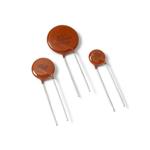
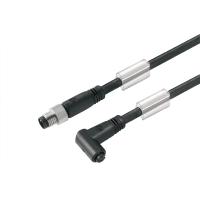
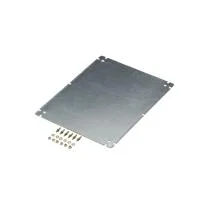
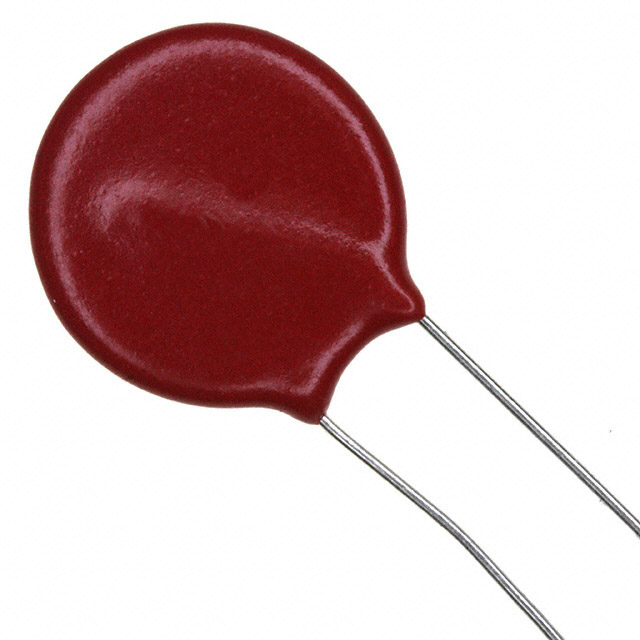

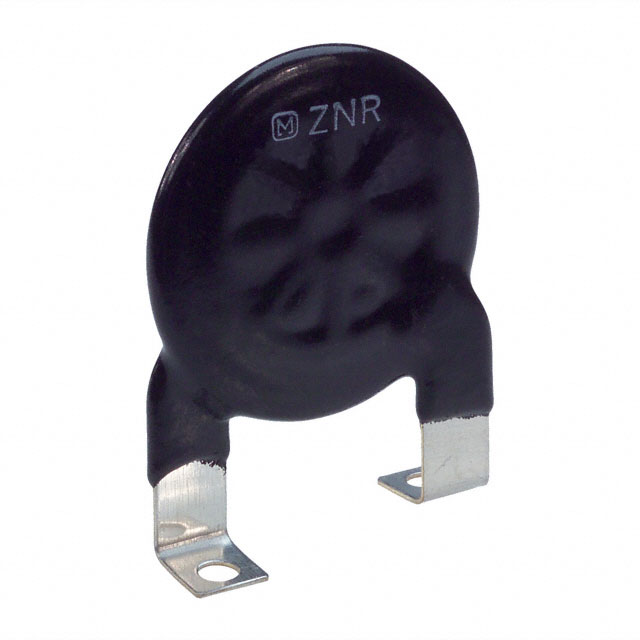
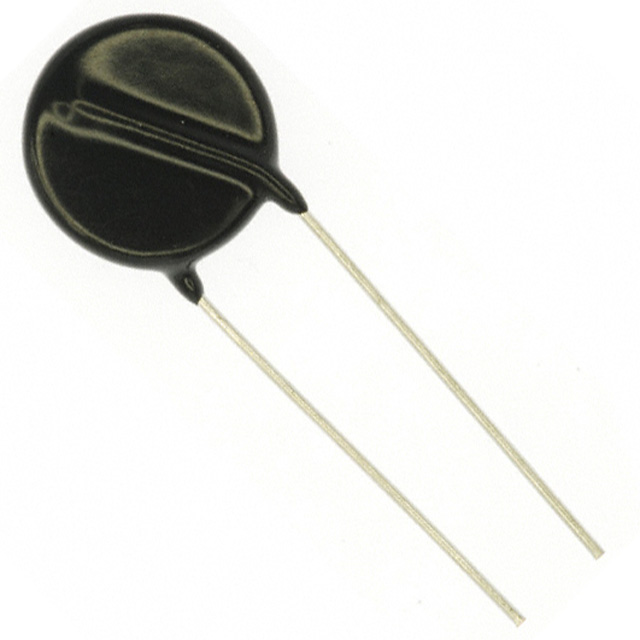






.png?x-oss-process=image/format,webp/resize,h_32)










